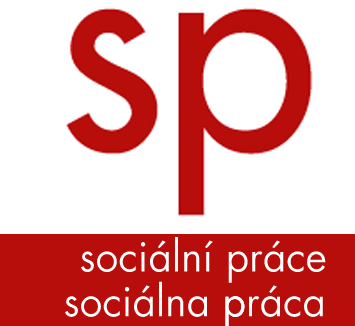Marie Spilackova, Lenka Caletkova, Monika Chrenkova
Abstract
OBJECTIVES: The aim is to evaluate the use of participatory photovoice technology for participatory planning in urban areas and from the perspective of (a marginalized group of) homeless people to reflect their involvement and to determine the social work implications. THEORETICAL BASE: Participatory planning in urban areas is one of the ways to give marginalized groups a voice and move towards their empowerment. However, marginalized groups, in our case homeless people, are excluded from participatory planning in urban areas, not only in the form of digital exclusion. METHODS: The technique of collecting data within participatory planning in urban areas involved online photovoice. The method of reflection on this technique was a focus group with people from the asylum shelter adjacent to the locality on which online photovoice was focused. OUTCOMES: Within the coding, four categories were created of topics related to the urban areas and the associated barriers to the involvement of the marginalized target group of homeless people living in the shelter. SOCIAL WORK IMPLICATIONS: The social work implication is the strengthening of the application of the anti-oppressive approach as a tool for reducing (digital) exclusion.
Keywords
participatory planning in urban areas, photovoice, digital exclusion, barriers to participation, antiopressive social work
p. 94-105
Chcete-li zobrazit tento obsah, musíte být předplatitelem časopisu.
Nemáte předplatné? Objednejte si ho.
